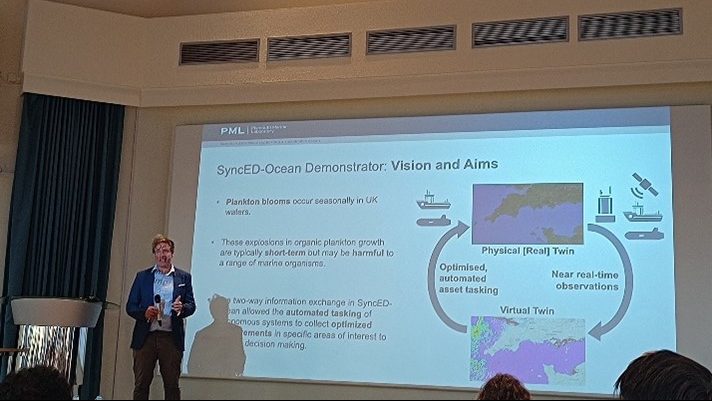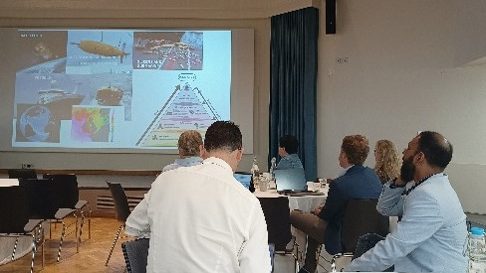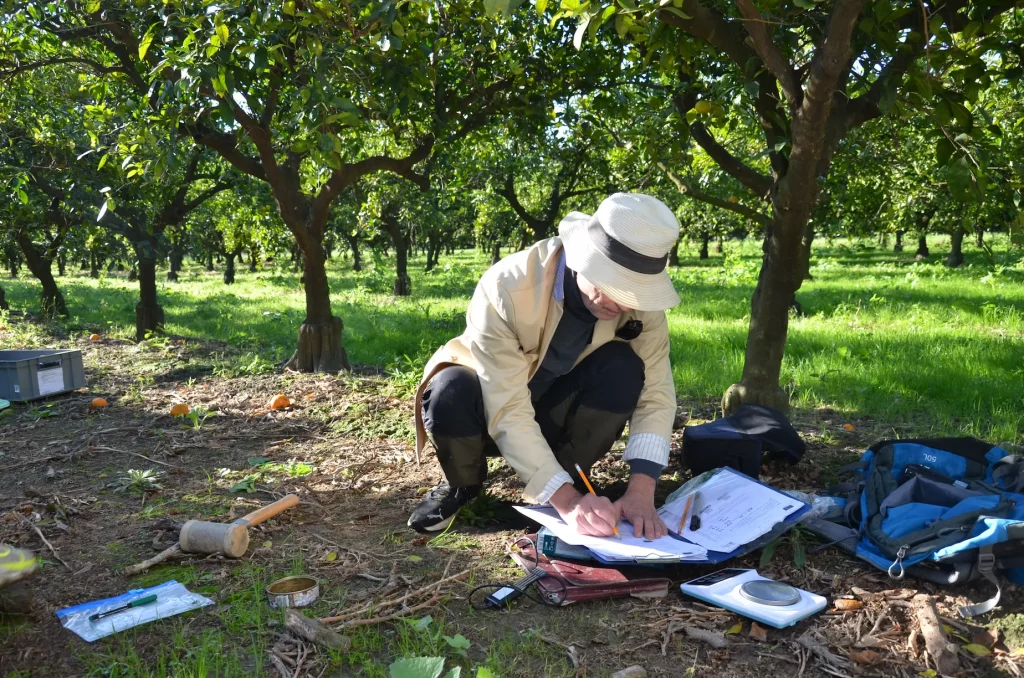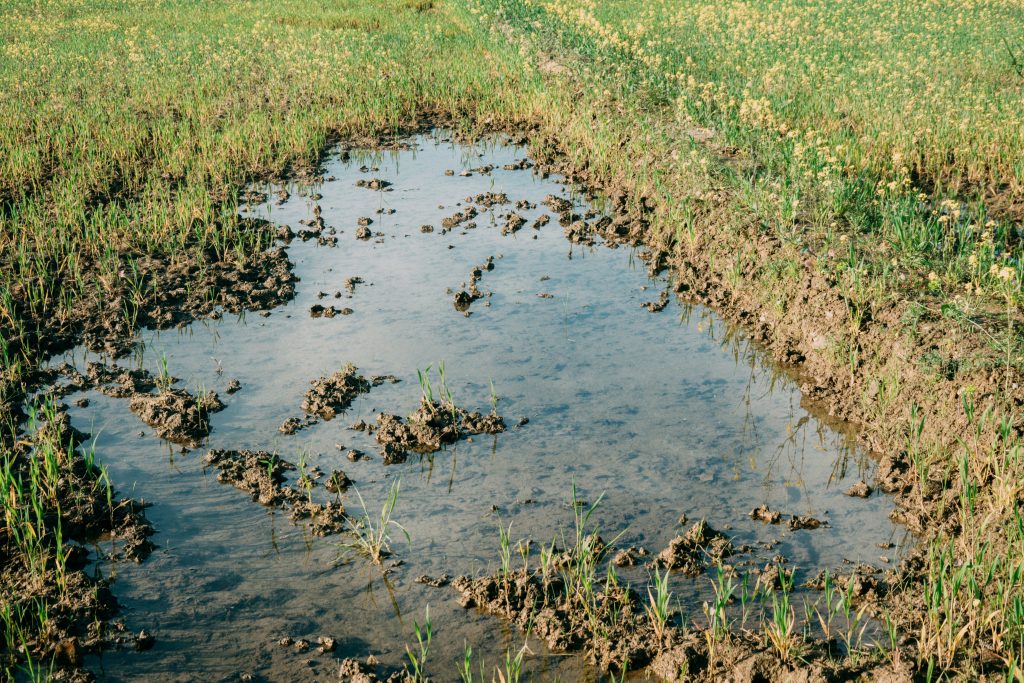In September, Grant Campbell from the University of Aberdeen attended a meeting on digital twins at Rothamsted Research in the UK. The goal was to connect soil and environmental science with fields like medical and life sciences, engineering and oceanography. Since all these disciplines are using AI and digital twinning technology in their research, it’s important to share learnings to develop the best possible approach.
In this blog, Grant discusses important considerations for all designers of digital twins, and how they might be applied in the context of soil health.

What is a digital twin?
The term digital twin has been in existence for a few years now but means different things to different stakeholders and end users. Activities that a digital twin can be used for range from designing a framework for digital transformation of data and information, to mirror real-world contexts (e.g. reducing carbon emissions) and to help improve decision making for businesses and enhance productivity. Digital twins should be constructed in ways which accurately reflect the study environment using real-time data (e.g. weather, simulations based on historical and current data) and machine learning methods.
Digital twins can be a powerful tool for businesses looking to leverage technology for growth and efficiency. Their ability to simulate, predict, and optimize makes them invaluable across various industries.
Digital twins can also enhance decision making, provide effective risk mitigation, increase productivity and reduce costs. In my view, this is an exciting dynamic which we should embrace, albeit with some natural trepidation. I would coin digital twins as a “representation of a system or environment in a virtual context using real-time information or data”. My takeaway from the meeting was that there are plenty of common challenges around how to work with AI and digital technologies. However, there are also some unique problems faced by different groups.
Here are some important considerations for developing digital twins:
Building end users in at the beginning
Firstly, we must keep our stakeholders (whether that be farmers, policy makers, medical experts or even the public) at the forefront of our discussions, especially at the beginning. We need to make sure we take the stakeholders on the journey with us so they can understand the extent of the problems on their doorstep, and create a philosophy about how to address and tackle certain issues to avoid further future impacts.
An interdisciplinary approach is key
It is important to work with researchers across multiple disciplines. By using an interdisciplinary approach, we can gain better insight and have a more comprehensive understanding of the environments we are working in and crucially respect those who know the area too.
Getting to know the data
There is something to be said for acknowledging statistics and data. We have to understand what data we do not have, and what we need to collect more of. But most crucially, we must evaluate the data we do have, assessing whether we understand it well enough and if it has been fully annotated, to improve our knowledge.
Building user friendly interfaces
Finally, quantifying and visualising the data outputs, coupled with highlighting the uncertainty is where digital twins can play a critical role. Having a user-friendly interface which connects multiple levels of information together can present us with a comprehensive insight into the study environment.

Using digital twins in the context of soil health
In the context of soil monitoring, digital twins have the power to provide us with updated, dynamic models of soil conditions across many environments. This can be achieved by using various sensors or satellite imagery to provide a real-time understanding of soil health, allowing for early detection of risks such as soil degradation or loss of soil organic matter.
Furthermore, digital twins can go some way to predicting future soil conditions based on historical and current data trends.This can help in planning and implementing effective soil management strategies. Finally, digital twins can provide some useful analytics for specific soil characteristics and useful recommendations to farmers and other stakeholders in terms of crop rotation, optimising soil health and crop yield.
Bringing soil monitoring together with policy making
As part of the EU Mission AI4SoilHealth project, implementing these practices will be crucial in ensuring that soil monitoring is kept as accurate and efficient as possible. For policymakers, land use mangers, farmers and other stakeholder groups, this will mean aiming to move towards improved agricultural productivity, and in the long term, sustainably protecting our soil resources.



